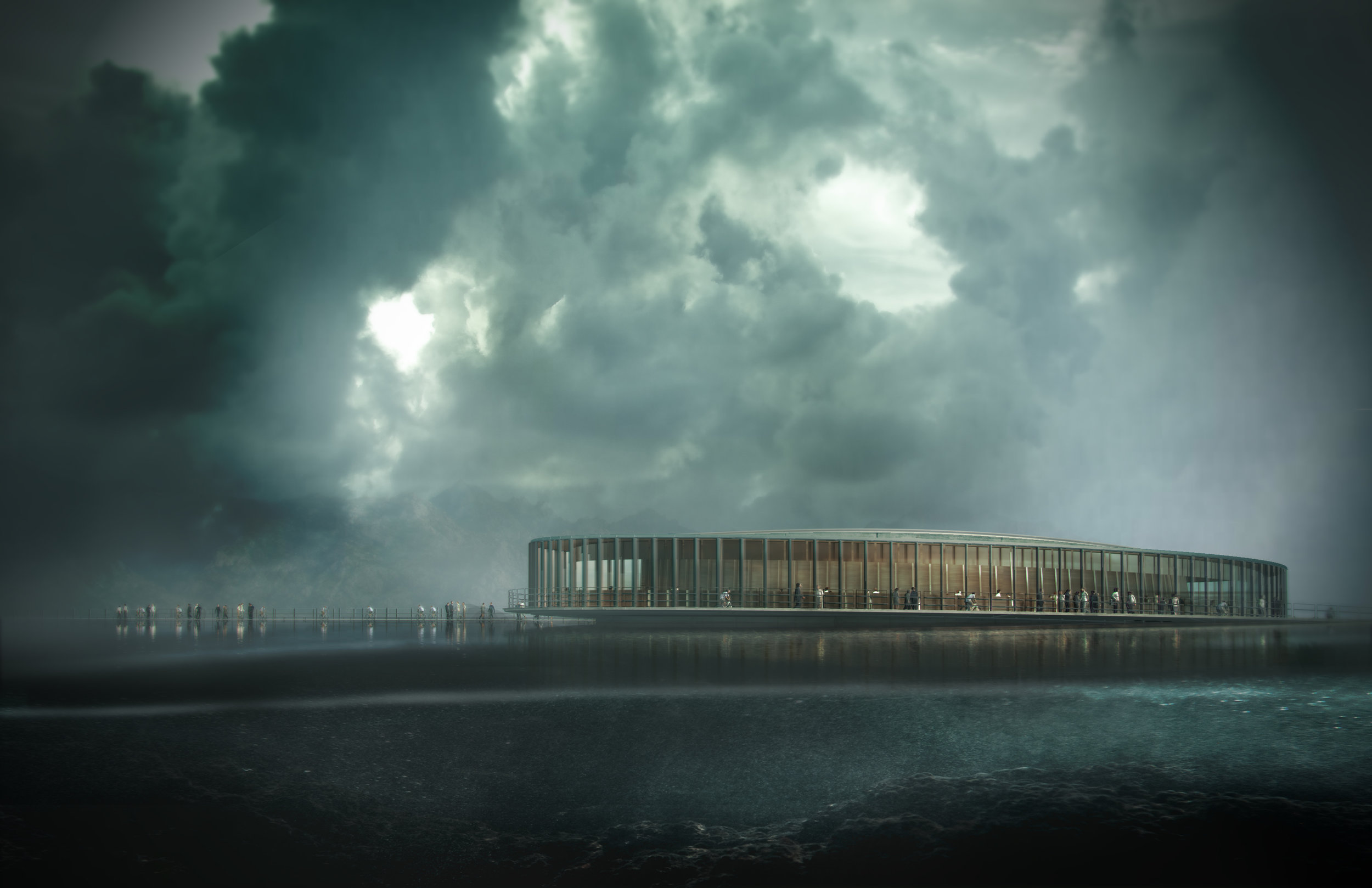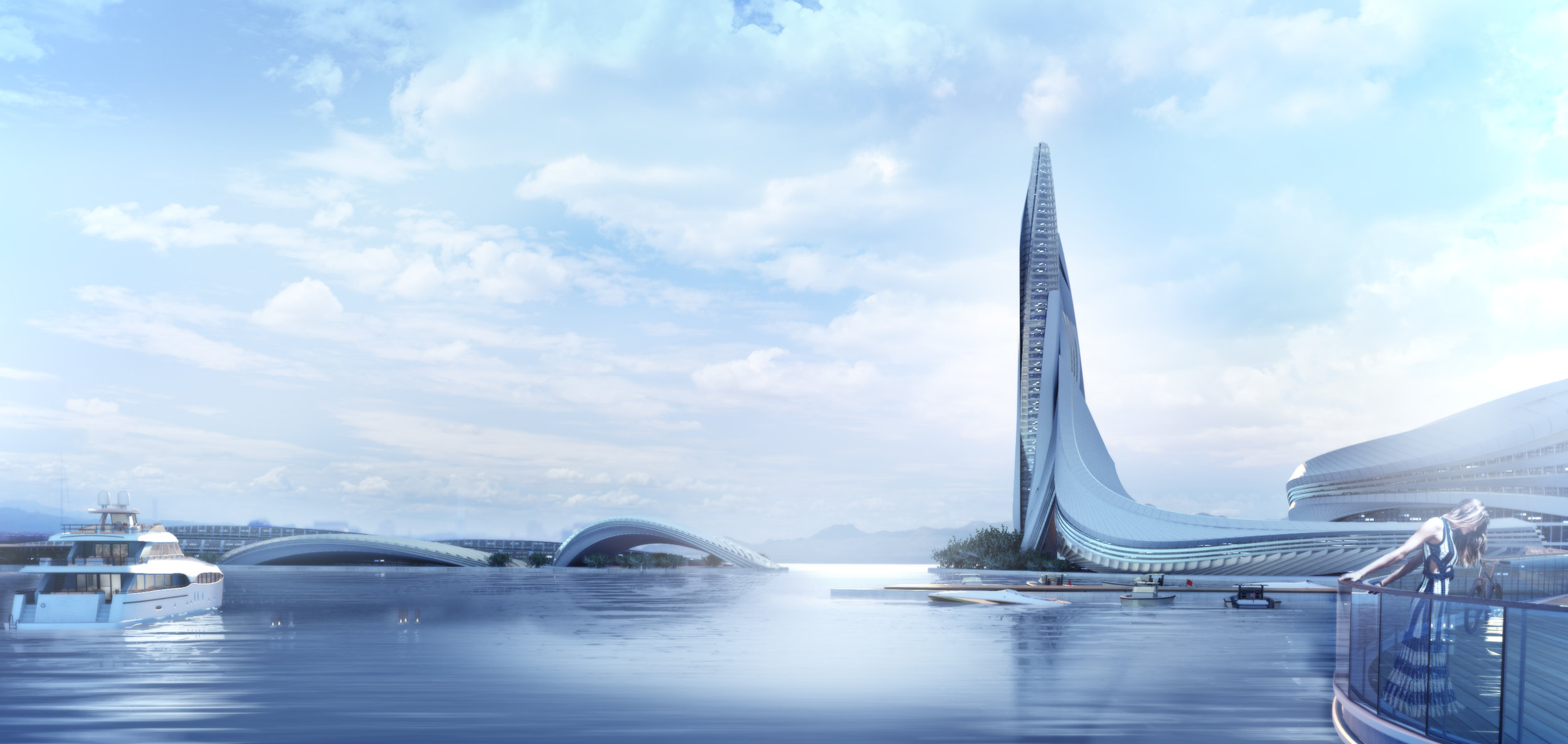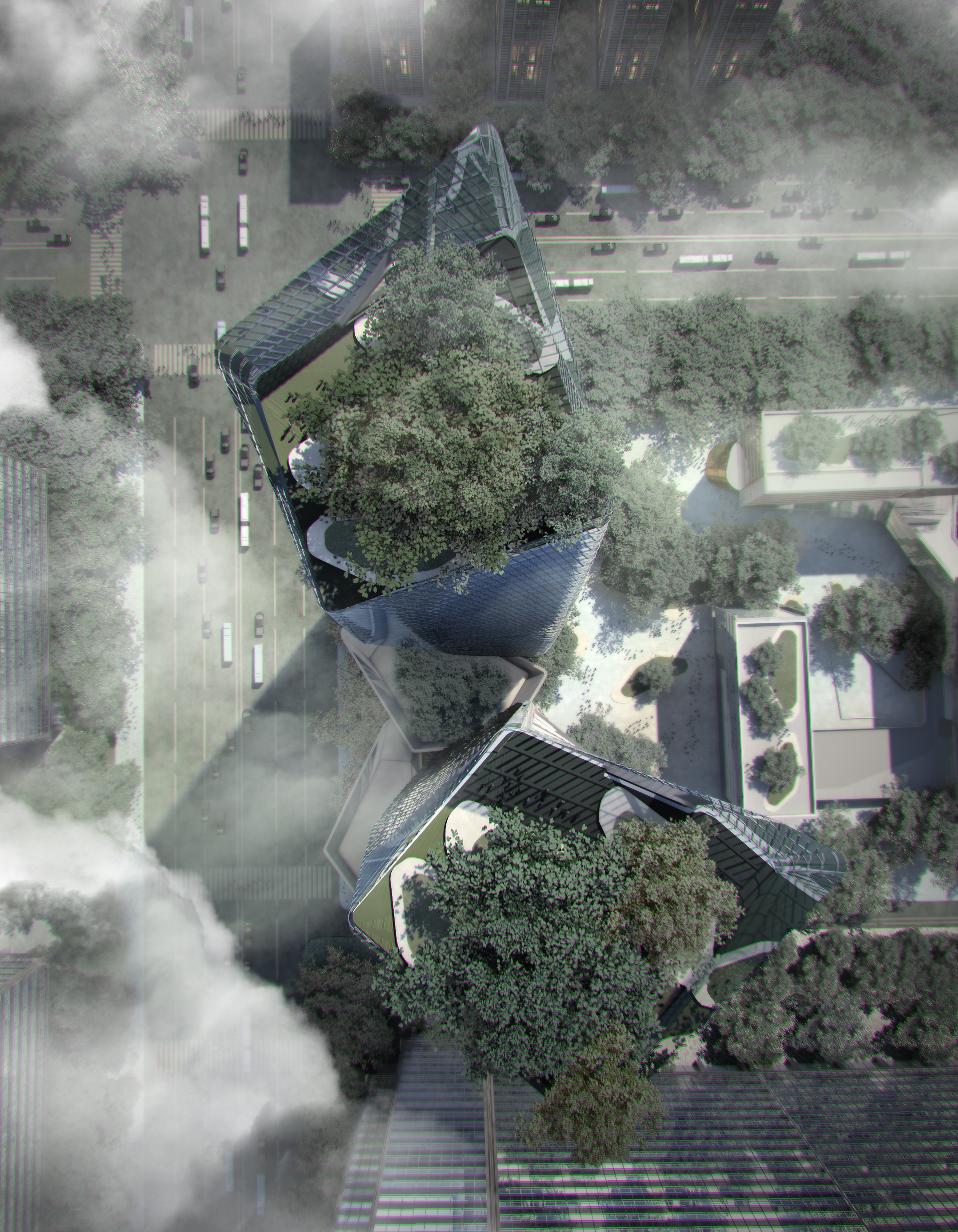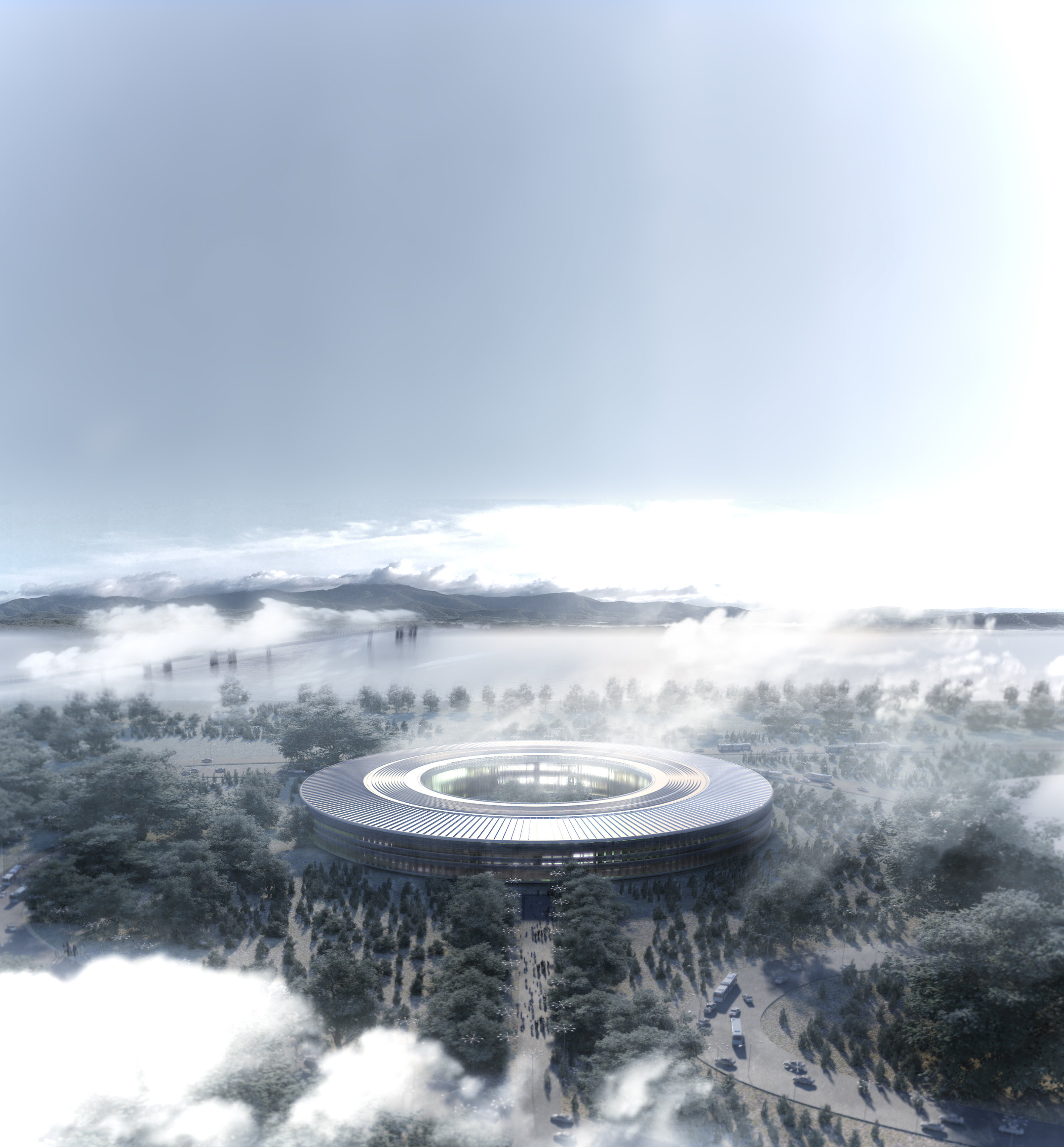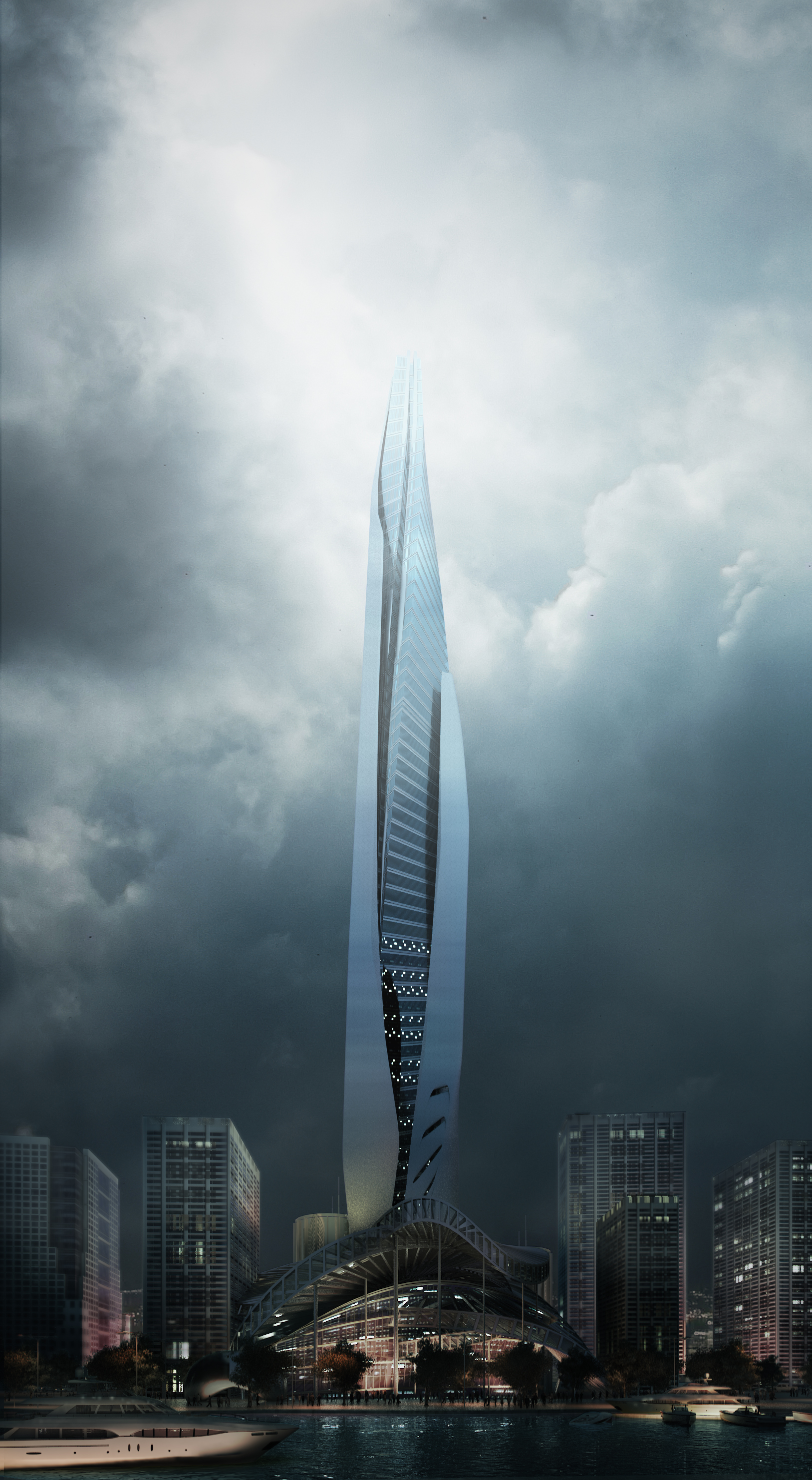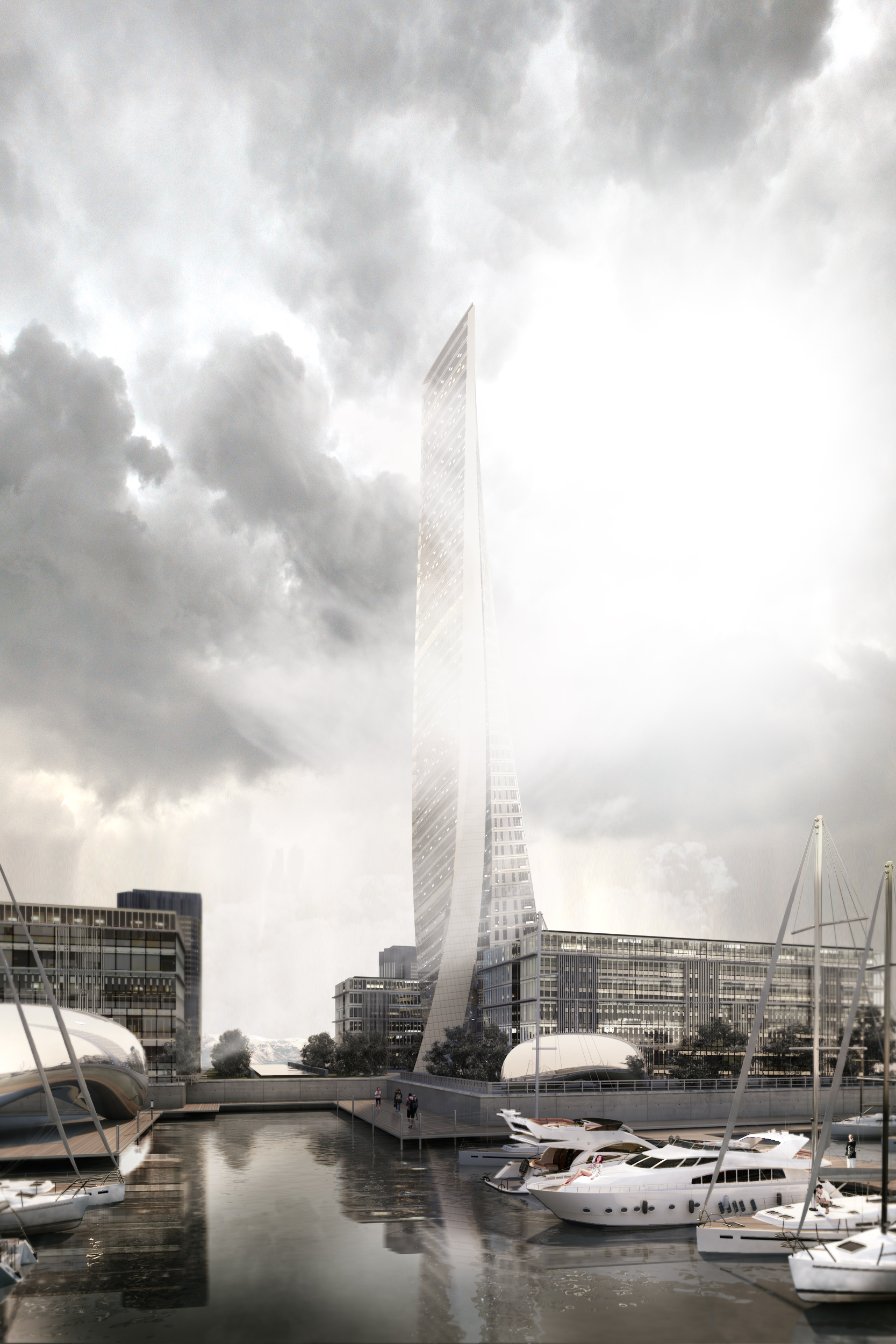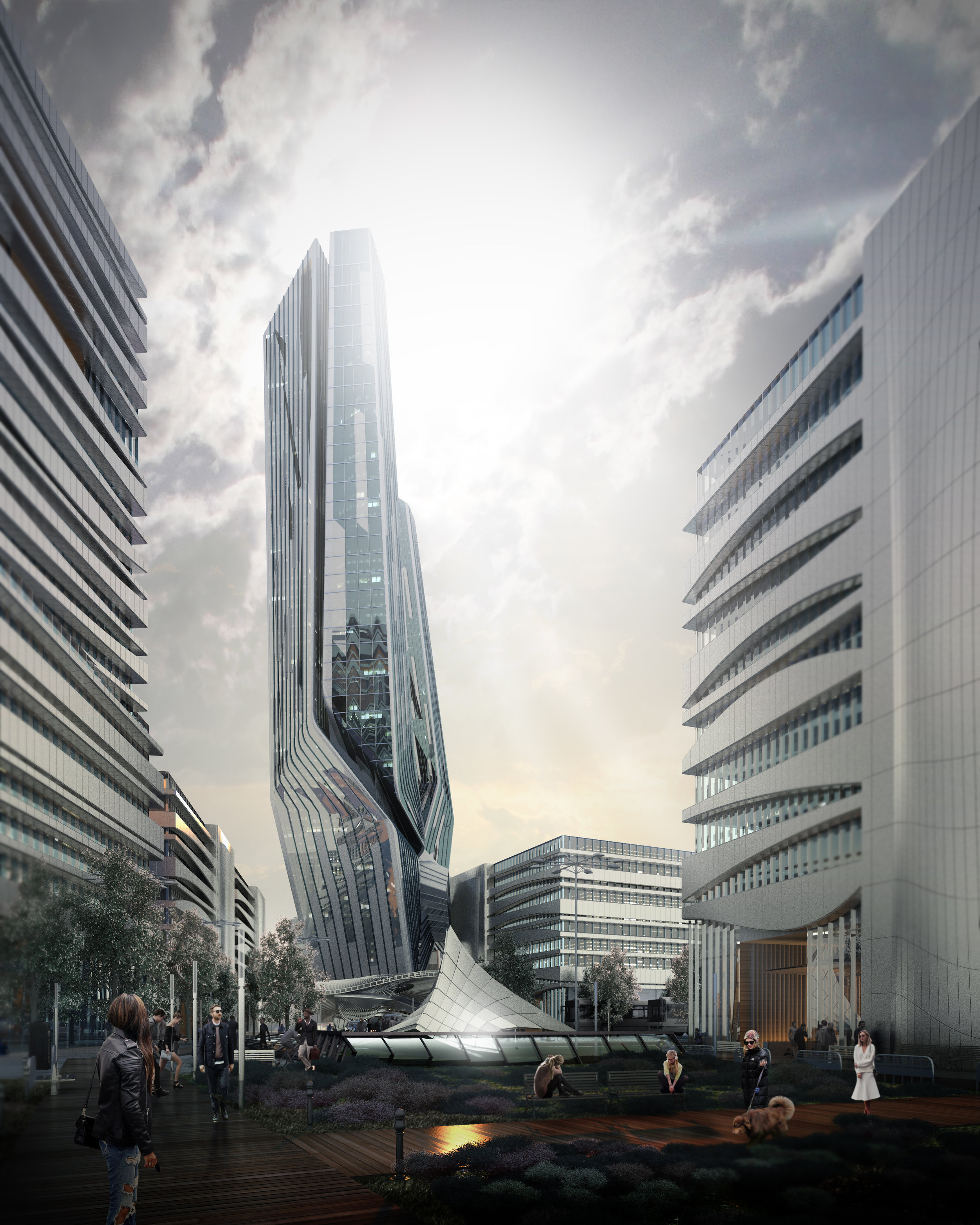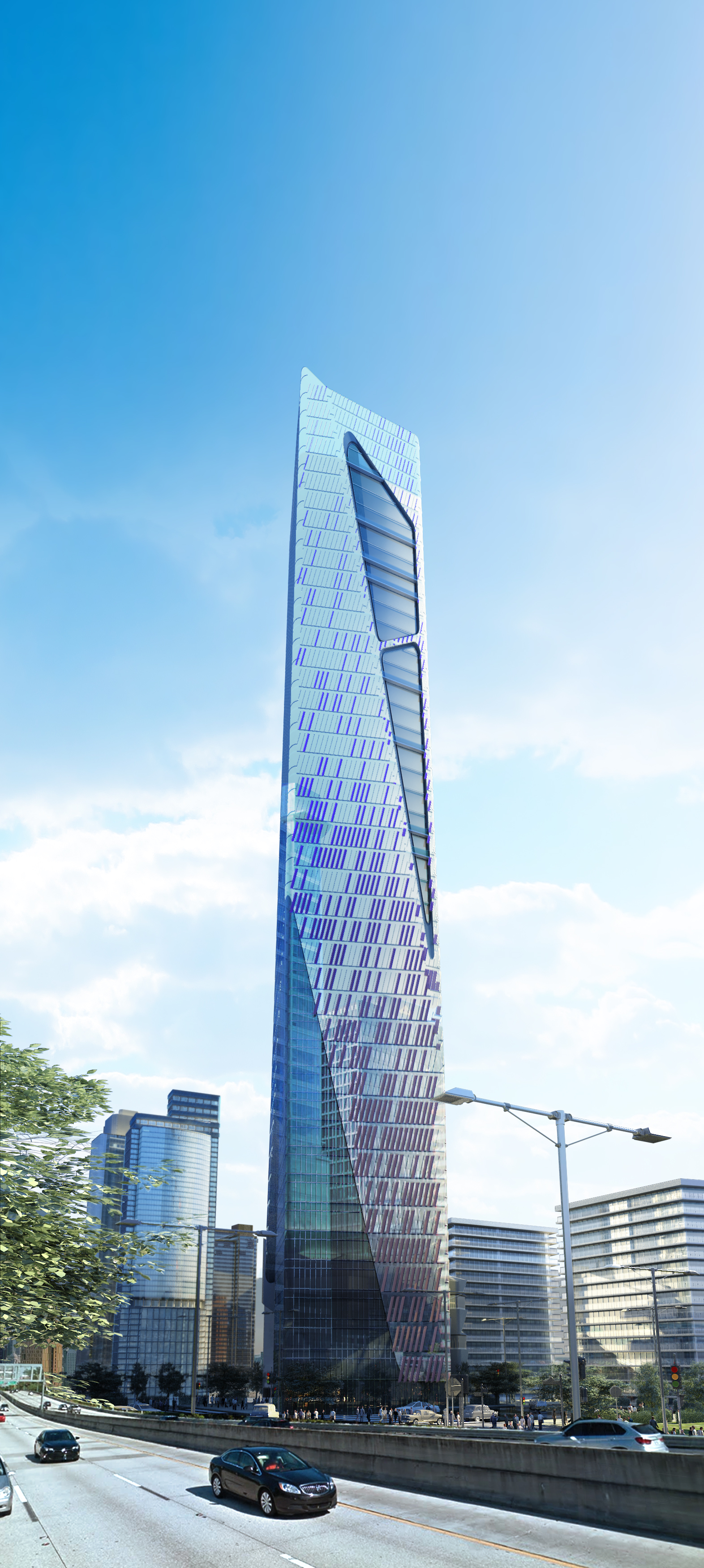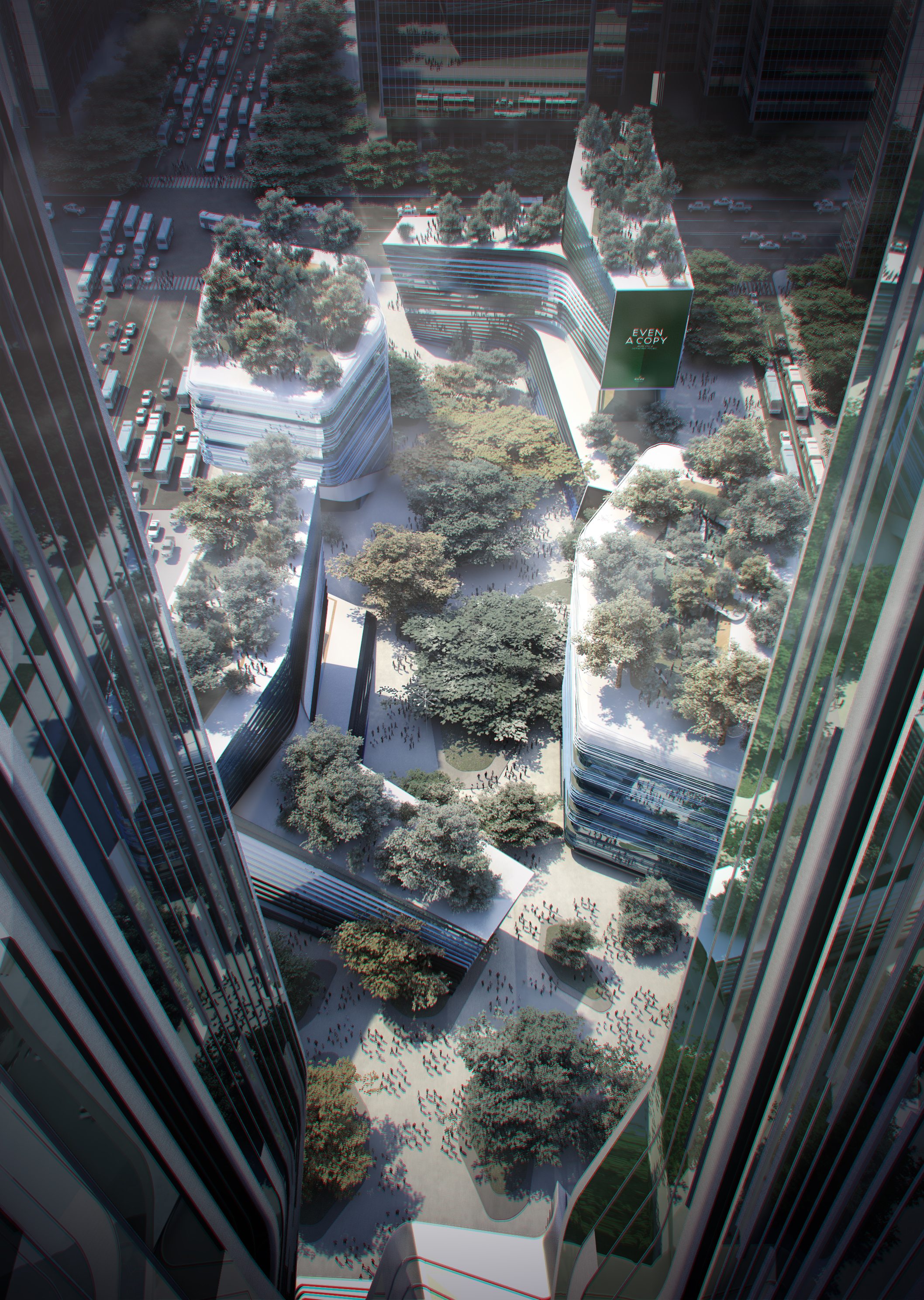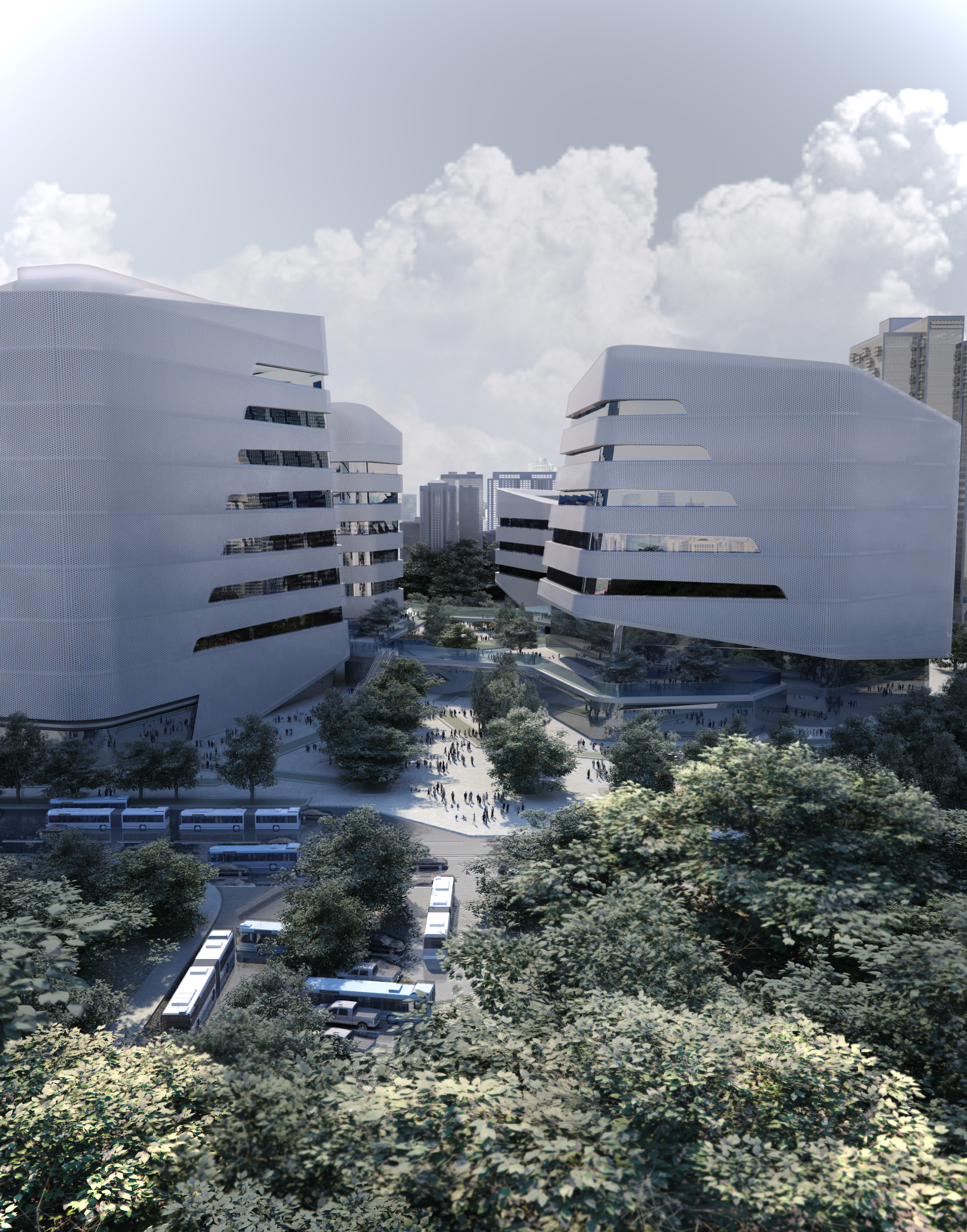How the light effect the space ? Now we will make an experiment!
From Wikipedia mention about lighting &space article
Here we go let test the wikipedia lighting&space meaning?
- The kind of human activity for which lighting is to be provided
- The amount of light required
- The color of the light as it may affect the views of particular objects and the environment as a whole
- The distribution of light within the space to be lighted, whether indoor or outdoor
- The effect of the lightened system itself on the user
- The objective of lighting design is the human response, to see clearly and without discomfort.
Let's start with the 1st experiment
Experiment 1 Lighting from Above
Architectural lighting design is a field within architecture, interior design and electrical engineering that is concerned with the design of lighting systems, including natural light, electric light, or both, to serve human needs.
section 1 experiment lighting from above
Perspective 1 : Normal overall eye views
Close up view
Daylighting
As the Sun crosses the sky, it may appear to be red, orange, yellow or white depending on its position. The changing color of the Sun over the course of the day is mainly a result of scattering of light and is not due to changes in black-body radiation. The blue color of the sky is caused by Rayleigh scattering of the sunlight from the atmosphere, which tends to scatter blue light more than red light.
2nd space experiment
Experiment 2 Lighting from Above+side
This model 2 experiment we simulate the void & space for different lighting.
The section : Lighting from top & side
Space + Activity + lighting
Daylight has a spectrum similar to that of a black body with a correlated color temperature of 6,500 K (D65 viewing standard) or 5,500 K (daylight-balanced photographic film standard).[citation needed]
For colors based on black-body theory, blue occurs at higher temperatures, while red occurs at lower, cooler, temperatures. This is the opposite of the cultural associations attributed to colors, in which red represents hot, and blue cold.
3rd space experiment
Experiment 3 Lighting from Above 2 side
Classic style for the main hall space. This experiment we are focus on the ambient between shadow & brightness
The 3rd section Lighting from above hall
Space lighting from above + Activity + lighting
Color temperature
The color temperature of a light source is the temperature of an ideal black-body radiator that radiates light of comparable hue to that of the light source. Color temperature is a characteristic of visible light that has important applications in lighting, photography, videography, publishing, manufacturing, astrophysics, horticulture, and other fields. In practice, color temperature is only meaningful for light sources that do in fact correspond somewhat closely to the radiation of some black body, i.e., those on a line from reddish/orange via yellow and more or less white to blueish white; it does not make sense to speak of the color temperature of, e.g., a green or a purple light. Color temperature is conventionally stated in the unit of absolute temperature, the kelvin, having the unit symbol K.
Experiment 4 Lighting from Above 2 side 45 degree
Classic style for the main hall factory space. This experiment we are focus on how to multiple ambient between shadow & brightness.
The 4th section Lighting from above hall45 degree
Space lighting from above + Activity + lighting
For lighting building interiors, it is often important to take into account the color temperature of illumination. For example, a warmer (i.e., lower color temperature) light is often used in public areas to promote relaxation, while a cooler (higher color temperature) light is used to enhance concentration in offices.[7]
5th space experiment
Experiment 5 Lighting from only 1 side above
Classic style for the prison space. This experiment we are focus on how to built the emotion of ambient between shadow & brightness.
The 5th section Lighting from side
Space lighting from above + Activity + lighting
LED lighting effect
CCT dimming for LED technology is regarded as a difficult task, since binning, age and temperature drift effects of LEDs change the actual color value output. Here feedback loop systems are used for example with color sensors, to actively monitor and control the color output of multiple color mixing LEDs.
The color temperature of the electromagnetic radiation emitted from an ideal black body is defined as its surface temperature in kelvins, or alternatively in mireds (micro-reciprocal kelvin). This permits the definition of a standard by which light sources are compared.
Thank you information from Wikipedia for our testing.





















